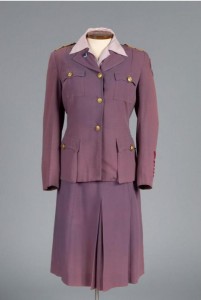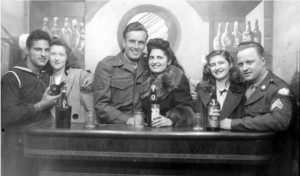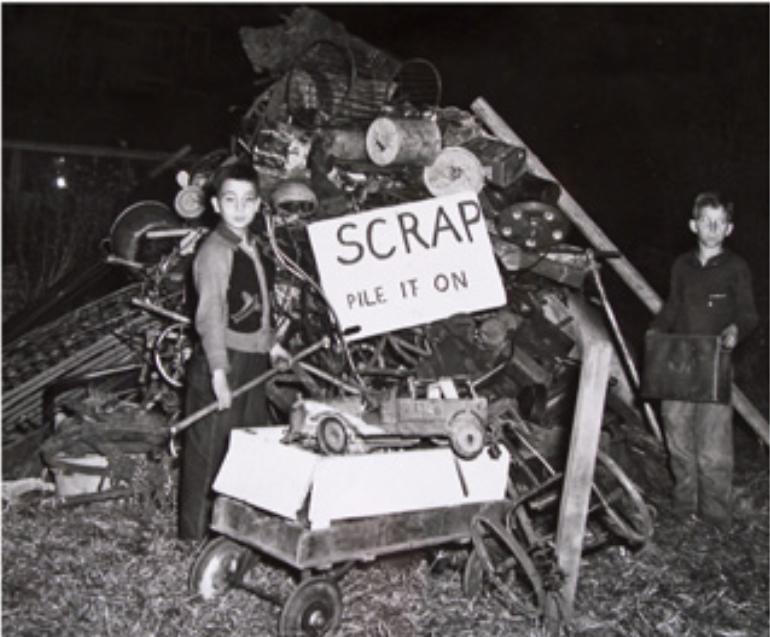By Ben Gammell for Your Public Media

Uniform of Virginia Grover Bulkeley, Greater Hartford Chairwoman of the Woman’s Organization for War Savings during World War II – Connecticut Historical Society, gift of Virginia Grover Bulkeley
On December 2, 1941, five days before Japan’s surprise attack on Pearl Harbor, 1,000 women attended the first Connecticut Conference on Women in Defense in New Haven to hear speakers on topics such as “Mobilizing the Volunteer” and “The Consumer’s Part in Defense.” The conference was sponsored by the Connecticut Defense Council, which had been organized earlier that year to coordinate local efforts to prepare and mobilize citizens for the coming war.
As men soon left to fight in Europe, Africa, and the Pacific, women’s divisions of the state and local defense councils began to recruit and train volunteers to sell war bonds, drive and repair automobiles, administer first aid, educate the public about health and nutrition, and serve as air wardens and block leaders. Block leaders organized their neighborhoods and kept them informed about programs such as scrap metal salvaging, meat-sharing, and rationing. A pamphlet for block leaders contained the following message:
“Overseas they are fighting block by block, from house to house. This is the kind of war we must fight on the civilian front in this country. Each home must be a fighting squad; each block or neighborhood a fighting battalion.”

Columbia Anne Boticello of Glastonbury, her cousins, and a serviceman. Photo taken at Miller’s Restaurant in Manchester – Connecticut Historical Society
The Women’s Division of the Connecticut War Finance Committee regularly reported on the sale of war bonds. Women’s organizations in Bridgeport and New Haven campaigned to sponsor B-29 Superfortress bombers. A telephone bond squad in Norwich contacted residents and offered a “bond wagon” to visit those who couldn’t get to the bank. A “sound truck” in Stonington broadcast the news of house-to-house canvasses. Volunteers often wore military-style uniforms and operated under a regimented structure.
When the war ended, most civil defense positions were no longer needed. Many women returned home from their defense duties, as well as from factory jobs they had worked during the war, to focus on raising families. Others found employment opportunities utilizing their newly acquired job and leadership skills. The war had changed the lives of everyone in Connecticut and the nation in some way.
Ben Gammell is Coordinator of Interpretive and Education Projects at the Connecticut Historical Society.
© Connecticut Public Broadcasting Network and Connecticut Historical Society. All rights reserved. This article originally appeared on Your Public Media.
Note: ConnecticutHistory.org does not edit content originally published on another platform and therefore does not update any instances of outdated content or language.









